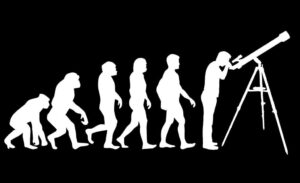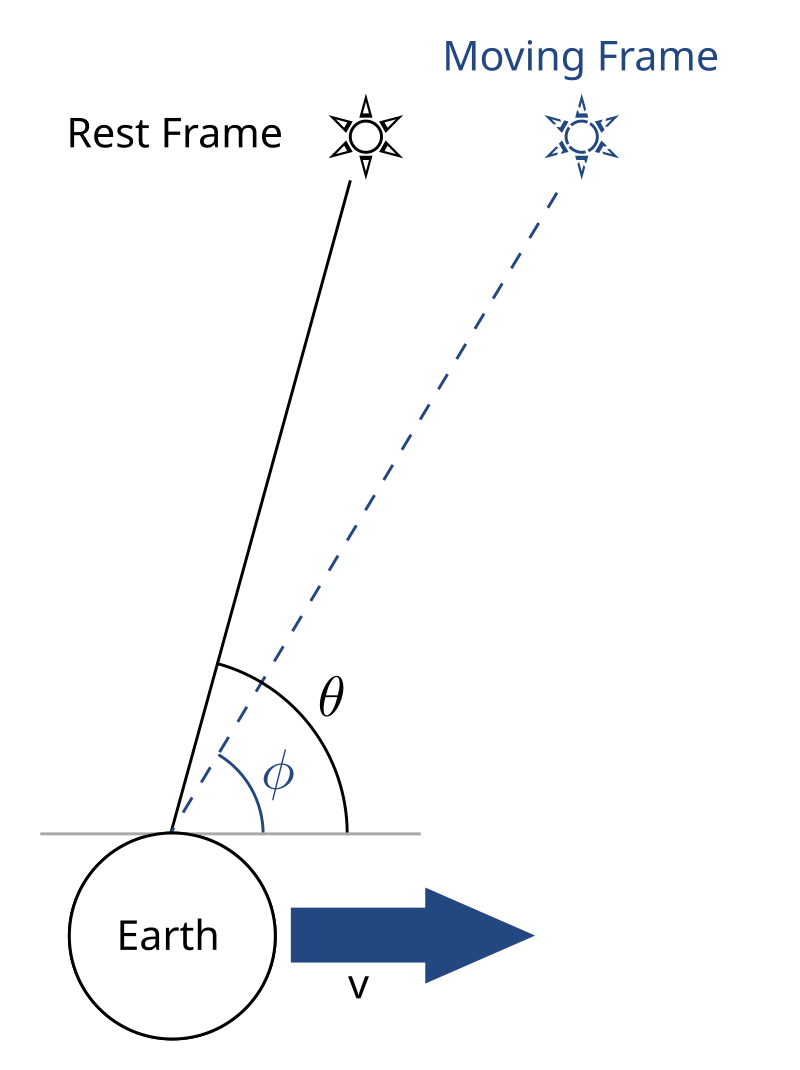Welcome, Astropotamuses, to another exciting journey into the fascinating world of time travel! Today, we’re going to explore one of the most fundamental constants in the universe, and the basis for how our particular form of time travel works: the speed of light. This cosmic speed limit has captivated scientists and philosophers (as well as lots of science fiction writers) for centuries. Together we’ll understand its significance, unravel its mysteries, and delve into some of its mind-boggling implications.
What is the Speed of Light?
The speed of light, denoted as “c,” is an incredible 299,792,458 meters per second (approximately 186,282 miles per second) in a vacuum. First accurately calculated by Danish astronomer Ole Rømer in the late 17th century, c serves as the ultimate speed limit for everything in the universe. Nothing can surpass this velocity, not even the most energetic of particles, gravity or light itself. In fact, due to effects of Special Relativity, anything that has even the slightest mass can never even reach this velocity.
Einstein’s Theory of Relativity
The true significance of the speed of light was revealed in the early 20th century with Albert Einstein’s theory of Relativity. His groundbreaking work demonstrated that the speed of light is not just a constant, it is a fundamental building block of the universe’s structure. His two separate but related theories were:
- Special Relativity: Einstein postulated that the speed of light is constant for all observers, regardless of their motion. This led to groundbreaking conclusions, such as time dilation (where time passes slower for objects in motion) and the equivalence of mass and energy (E=mc^2).
- General Relativity: Einstein went even further, explaining gravity as the warping of space-time caused by massive objects. The speed of light plays a crucial role in this theory, dictating how objects move within gravitational fields.
Cosmic Consequences

Understanding the speed of light has profound implications for our understanding of the cosmos:
- Cosmic Distance Measurement: Astronomers use the speed of light to measure vast cosmic distances. When we observe light from distant stars, galaxies, or even cosmic events, we’re looking into the past because of the finite speed of light. This is the fundamental reason why Astropotamuses are time travelers.
- The Event Horizon: The speed of light also defines the boundary known as the event horizon around black holes (or any object, really). Anything that crosses this boundary is forever lost to observations outside the event horizon due to the insurmountable gravitational pull that nothing can escape, even light.
- Interstellar Travel: The enormity of the speed of light makes interstellar travel a formidable challenge. It would take centuries, or millennia to reach the nearest stars with our current technology. This fascinating article explores this topic in mire detail. Even the edge of our Solar System took almost 40 years to reach.
- After digesting general Relativity, John Archibald Wheeler said, “Spacetime tells matter how to move; matter tells spacetime how to curve.” Simply put, it’s through the insights of Relatively that we get black holes, gravitational lensing, and the framework from which the Big Bang theory and the Cosmic Microwave Background Radiation were discovered. Two of the most successful theories ever that describe the nature of the Cosmos we live in.
- But wait, there’s more! The flip side of time dilation is length contraction. That means distances in the direction you’re travelling are shortened. Related, is relativistic Doppler shifting, for which GPS wouldn’t work without an understanding of how this phenomenon occurred. So much about our Universe was mathematically described by this rather simple theory that revolutionized modern science.
What Else?
One of the examples of how classical physics failed to explain an observed phenomenon is where celestial objects exhibit an apparent motion about their true positions based on the velocity of the observer. Called aberration, it causes objects to appear to be displaced towards the observer’s direction of motion. As you can imagine, making astronomical observations and calculations with a Time Machine could be complicated (and perhaps, invalidated) by this phenomenon. Related to parallax, but separate from it, it was first used to explain behaviors seen since the 1600s in trying to determine our Sun’s stellar parallax. As our theories of light continued to evolve, the aberration of light continued to defy explanation. Until special relativity came along, that is.
Since light has a speed limit, a source (say, a star) and receiver (say, an observer with a Time Machine) are moving horizontally from each other (as opposed to towards/away each other), then the direction that the light appears to have come from is displaced from it’s actual position in space. The classical explanation made predictions base on whether the receiver, the source, or both are in motion. These explanations failed experimental tests, however, and combined with the results of the Michelson–Morley experiment, it became apparent that something else was going on. Special Relativity provided the answer with the transverse Doppler effect, one of the unique results of the theory. Can you imagine what it would be like to try to map the Cosmos, if everything appears to move based on where the Earth was in its orbit around the Sun? Thank you, Special Relativity! Thank you, Speed of Light!
Astropotamuses Love the Speed of Light

The speed of light, a seemingly simple constant, holds the key to understanding the very fabric of our universe. It governs how we perceive the cosmos, shapes our understanding of space and time, and challenges our aspirations for exploration beyond our solar system. As we continue to push the boundaries of scientific knowledge, the speed of light will remain an enduring and awe-inspiring constant in the ever-expanding book of human discovery. It’s also the key to how our Time Machines work.
Light form the Sun takes almost eight minute and 17 seconds to reach our eyes. Reflected light off the Moon takes almost 1.25 seconds to reach us. Astropotamuses are truly time travelers, as everything we look at in the skies is showing us what it looked like in the past. As we peer through our Time Machines (or look at the results from our cameras), we are overcoming the aberration of light, dealing with parallax, and understanding that what we’re seeing is the culmination of the thousand, maybe millions, and possibly billions of years it took for those photons of light to travel through the Cosmos, bend around gravitational lenses, be compressed and stretched into the blue and red wavelengths by gravity wells, and finally drop onto our optics nerves so our brains can see what something looked like a long time ago.
So, keep your curiosity alive and stay tuned for more exciting journeys into the wonders of time travel!


